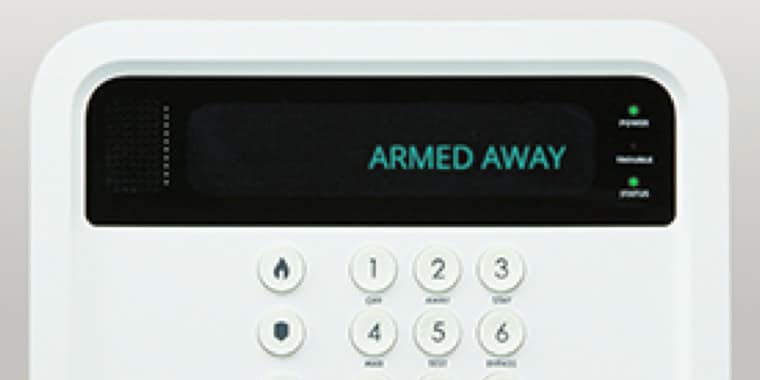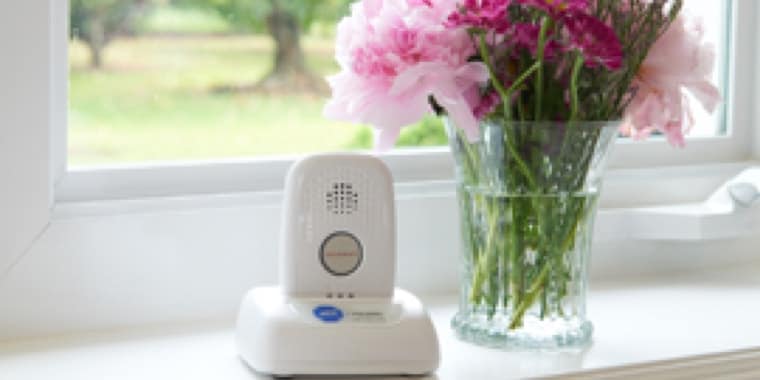During campus emergencies, it’s vital that students and faculty are prepared to react quickly.
Recent emergency situations in schools and on school campuses have caused many schools to re-evaluate their lockdown procedures. A school lockdown is issued when there’s a threat to students, school staff and faculty.
Most campuses have different categories of school lockdown procedures. Types of lockdowns include:
- Shelter-in-place: Usually an external health hazard where building evacuations are not recommended.
- Internal threat: This threat exists when the danger is inside of the school or campus. The goal of this procedure should be to keep everyone safe until the threat is completely removed.
- External threat: This type of threat occurs outside of the school building or campus. The goal of this lockdown is to prevent the threat from entering the school or campus.
- Full lockdown:This scenario involves a serious threat that requires immediate action.
The types of events that require lockdowns include situations such as:
- Active shooter
- Hostage situation
- Riots
- Police activity nearby
- National disasters
- Bomb threats
- Dangerous animals spotted nearby
- Reports of a weapon or drug paraphernalia
School lockdown procedures require the cooperation of the faculty, staff and students. While every school will have its own unique set of rules in its lockdown procedure, the following are general guidelines and best practices for having an effective lockdown.
What’s the difference between a soft and hard lockdown?
Depending on the severity of the nearby threat, you may end up implementing either a soft lockdown or a hard lockdown. Soft lockdowns typically occur when there’s a nearby or external threat outside of the school, while immediate threats to the school trigger hard lockdowns.
During a soft lockdown, students and teachers may be encouraged to stay out of the hallways and inside classrooms or be allowed to move through the school, but not leave the school until the lockdown is lifted.
Soft lockdowns happen when the threat is external from the school and usually suggests no impending risk to students, so classes should continue.
Your school may have a soft lockdown if there’s a nearby law enforcement emergency, if the school is looking for a particular student, or if there’s a disturbance outside the building.
Hard lockdowns happen when there’s a more direct danger to the school or campus. Administrative staff and students should remain locked inside classrooms. Hard lockdowns can require additional precautions, like avoiding windows and doors and waiting for rescue.
Examples of a hard lockdown include an active shooter situation or if someone finds a weapon on school grounds.
Are school lockdown drills required?
School lockdown drills are required in most public schools, private elementary and secondary schools, but not all of them.
For example, Texas laws indicate that lockdowns should be performed twice a year and once per semester. New York state requires four lockdown drills a year. The frequency and number of times required in your school district may differ.
Practicing a lockdown drill can teach students and faculty how to prepare and react to a lockdown, reduce panic and maximize safety if one does happen.
What should faculty and staff do during a lockdown?
A school lockdown can be a scary experience. That’s why practicing these procedures can help prepare the administrative staff and students for what to do if a school lockdown is necessary.
Establish whether a soft lockdown is appropriate. If it’s deemed necessary, the school faculty and student body should be alerted, as well as any local authorities and parents or guardians of the students.
When emergency planning for a soft lockdown, it’s essential that the teachers designate safety or security officers for crisis management. These people will help create procedures that apply during an emergency and determine whether the school will need to go into a soft or hard lockdown.
Every school’s lockdown procedure will be a little different, but there are likely a few things they’ll all have in common:
- Close and lock all doors and windows immediately. If you can’t lock a door, attempt to quickly block it with heavy items, like a bookcase or chairs.
- If any students remain in the hallways, bring them into the classroom, even if they aren’t one of your students.
- Account for every student in the room. You should notify the school administrators and main office of any missing students or tell them if you brought in extra students from the halls.
- Assist those with special needs.
- Never open doors or windows unless ordered to do so by a safety or school official. Always ask for documentation from authorized personnel to confirm their identity.
- Turn off all lights and close the blinds or curtains.
- Instruct all students to stay low and away from the windows and doors.
- Keep students quiet and out of sight of the doorway inside the classroom.
- Silence televisions, cell phones and other electronics.
Everyone should remain indoors and under lockdown until it’s “all clear.” Your school will announce once the lockdown is done or a designated official or law enforcement officer might come around to each classroom to lift the lockdown once the campus is cleared.
Things will be a little different if you’re in a soft lockdown situation. A soft lockdown might be ordered if the threat isn’t immediate and on your campus. Teachers and students should remain calm.
You’ll likely have designated personnel or safety officers to meet and delegate crisis management. These people may also be responsible for securing entry points throughout the school.
Just like a hard lockdown, teachers want to ensure all students are inside the classroom and accounted for. They’ll also want to make a note of any other students they brought into the classroom to the office admin.
Students should stay in place, and teachers shouldn’t write any bathroom or office passes. If a student has an emergency and needs to go somewhere, notify the main office so the student can get a chaperone.
Once the principal announces that lifting the soft lockdown is safe, classes can go on as scheduled.
Of course, these step-by-step instructions are a general list of suggestions. Ultimately, you want to ensure you’re following your school’s lockdown procedures.
What should students do during a school lockdown?
Students may become agitated or anxious during a lockdown, so it’s important to try your best to remain calm. Lockdown drills can help students and teachers plan a course of action during a potential lockdown. Faculty and students should discuss potential meeting points within the school for hazardous weather and what to do if an intruder or active shooter procedure is followed.
If you believe someone is simply pulling a prank, alert a faculty member or staff immediately.
- If a student is outside a classroom, they should immediately move towards the nearest lockable room.
- Remain quiet, still, calm and alert.
- Follow all instructions from the teacher.
- Only use cellular devices if it’s an emergency or if instructed to do so.
- Wait to get the all-clear from an official announcement or police officer.
Schools should have practice drills throughout the school year to familiarize students and staff with emergency procedures. Knowing the lockdown procedures and taking the practice drills seriously can keep you and others safe.
It’s also important to note that protocols will be different between elementary school and middle or high school lockdown procedures. Special consideration should be taken when planning lockdown drills for younger children.
For more information on what to do in an emergency, please visit our resource center for more safety tips and information.
5 school lockdown scenarios
There are many lockdown scenarios to consider between both hard and soft lockdowns.
1. What should you do if a lockdown occurs, but you’re not near a classroom?
It would be best if you moved towards the nearest classroom so you can shelter in place behind a locked door. The teacher will take note of your name and share it with the faculty.
2. Where should you go if a lockdown happens and you’re outside for P.E.?
All students should calmly return to the building through the closest doorway. If you enter the property through the gym, seek out the locker rooms or other areas you can lock. If that’s not possible, the gym teacher should have a designated safety corner in the gym.
3. Where would you go if a lockdown happens during lunchtime?
Where you’ll go depends on how many students are in the cafeteria and where the closest locked room is located. This could be the kitchen, pantry, gym or other lockable classrooms. A faculty member may even remove the students through the nearest exit, depending on the lockdown situation.
4. Where should you go during a lockdown if you’re a visitor?
If you’re already in a locked room, stay put. If you’re not, calmly head towards the closest classroom or lockable room and wait until you get the all-clear.
5. Where should you go during a lockdown if you’re in the hallway?
Go to the nearest classroom so that you can be locked in with the other students. You should follow the protocols of that teacher. The teacher will note your name and share it with the school administrators.
Frequently Asked Questions about School Lockdown Drills
What is the purpose of a school lockdown?
A school lockdown effectively closes the school during an emergency to mitigate disaster and help keep the students and faculty safe. Lockdowns can happen for a natural disaster, an intruder or nearby police activity.
Why is it important to be quiet during a lockdown?
It’s important to be quiet during a lockdown for various reasons. Not only do you want to be quiet so you can hear any instructions from the teacher or staff, but if there’s an intruder, you don’t want to cause any notice to your classroom.
What is a reverse evacuation?
A reverse evacuation or lockdown can be called for when conditions inside the school are safer than outside. Students and faculty who remain outside are encouraged to go into the school to ensure the school to ensure their safety. This can happen with a shelter-in-place order or a lockdown procedure.
Related Articles:





